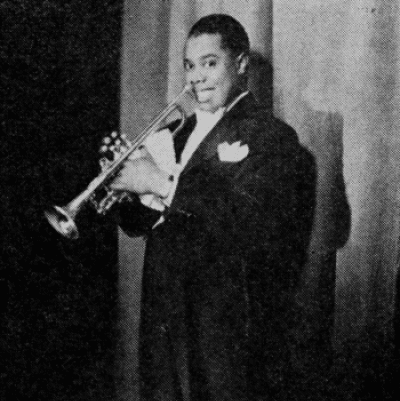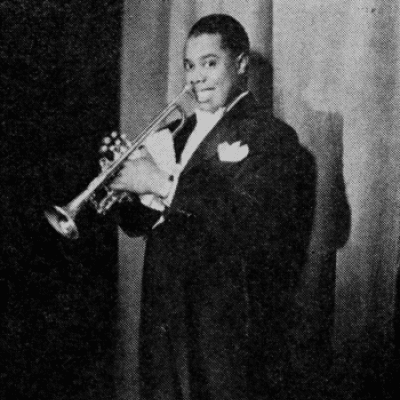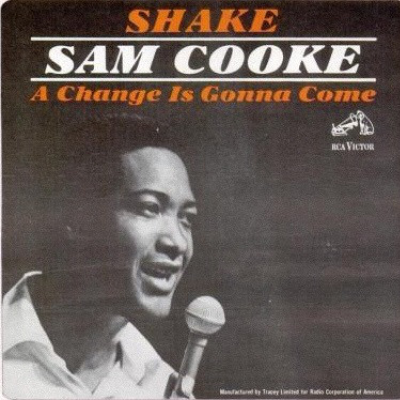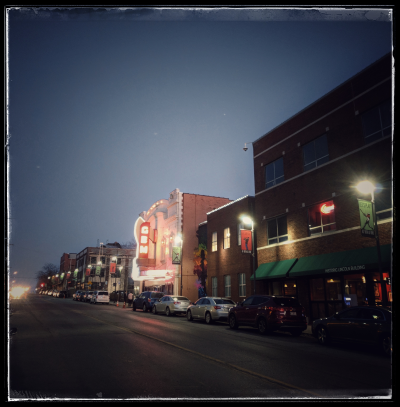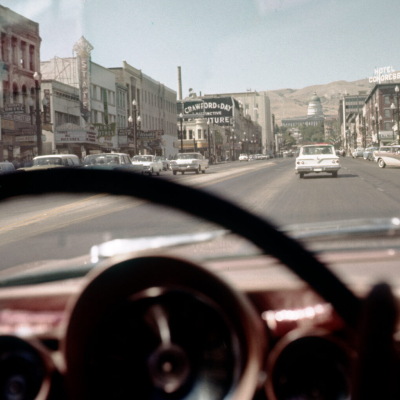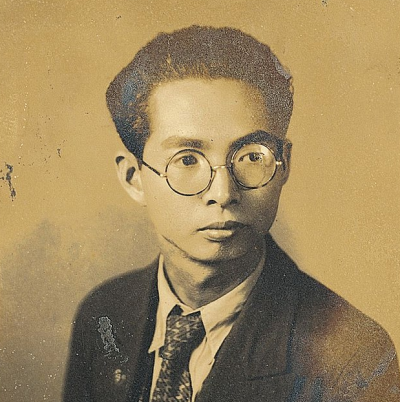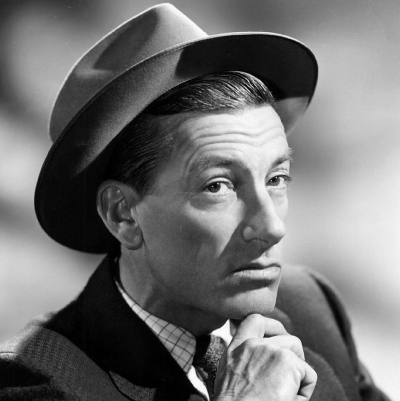Interview Archive…A 2006 conversation about historic New Orleans with Thomas Brothers, author of Louis Armstrong’s New Orleans
In a 2006 Jerry Jazz Musician interview, the eminent Louis Armstrong scholar Thomas Brothers talks about the city of New Orleans, and how it imprinted itself on a young Louis Armstrong…
...September 18th, 2023




